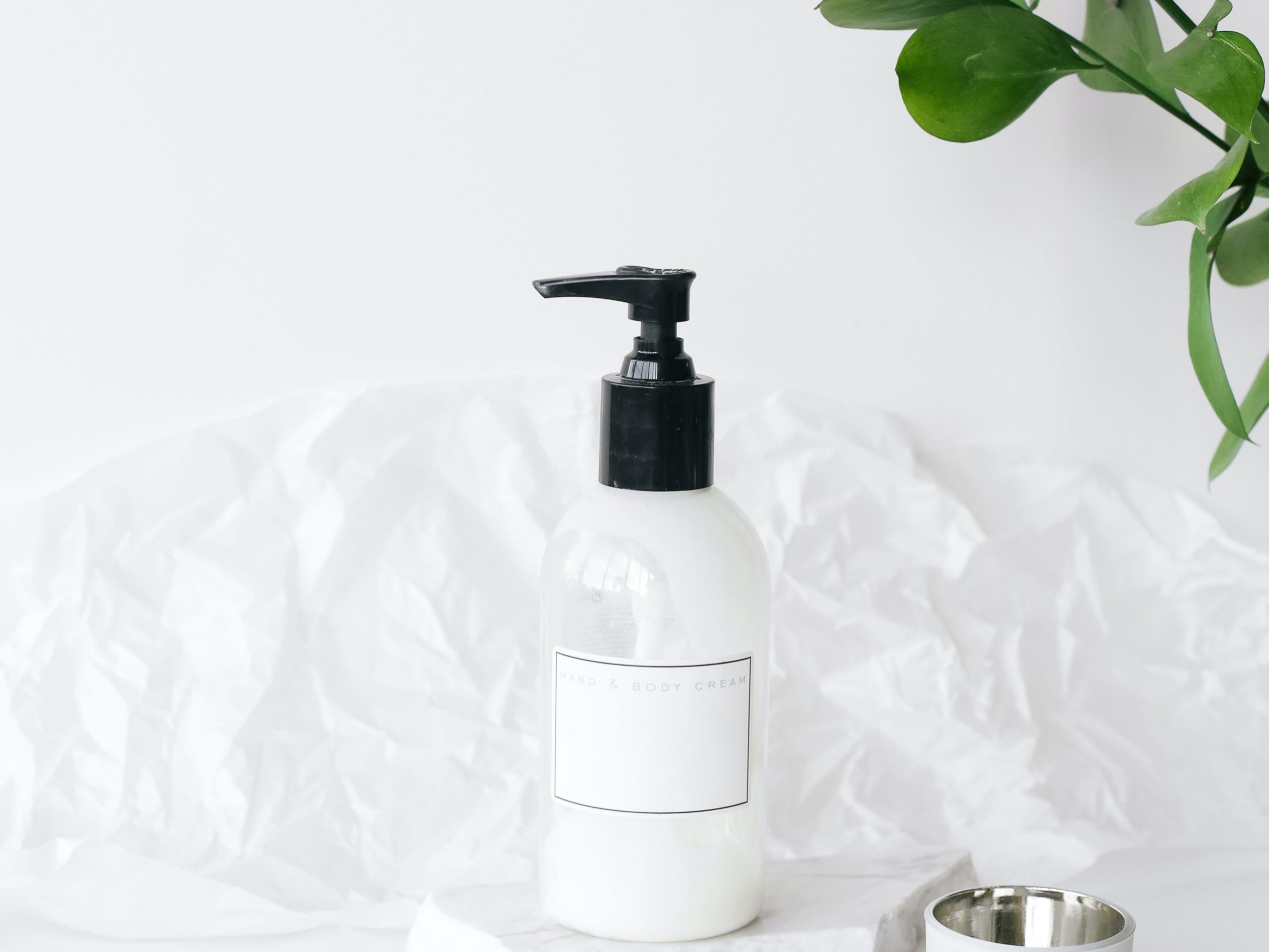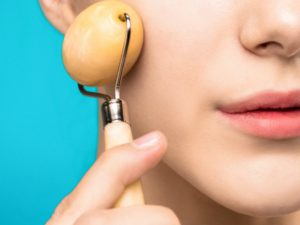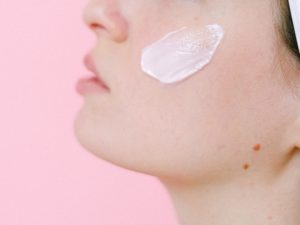Your Complete Guide to Centella Asiatica – Science-Based Information
The skincare ingredient Centella asiatica is becoming increasingly popular in products, with some claiming its antioxidant effects lead to healthier skin and anti-aging. Is any of this hype based on facts or is it all gossip?

Here is your complete guide to Centella asiatica, what it is, its benefits, how to use it, its risks, and more!
What is Centella Asiatica?
Centella asiatica is a botanical extract that is commonly added to skincare. This unique ingredient is also known as pennywort, tiger grass, or gotu kola. It is made up of compounds that have anti-inflammatory properties and should promote wound healing. Do any of these properties translate to actual skin benefits?
Just because something looks good on paper does not mean it performs well in practice. Just take collagen in skincare. While collagen is a humectant, the collagen in skincare does not penetrate deep enough to affect collagen production and therefore any anti-aging or plumping effects are temporary. Let’s find out if gotu kola has actual benefits.
Science-Based Benefits of Centella Asiatica
Centella asiatica was first studied for its potential wound-healing benefits. In fact, the active compounds in this botanical extract were found to be beneficial in treating and healing small wounds, burns, and skin conditions like psoriasis. The anti-inflammatory properties even help to reduce irritation and sensitivity.
More studies conducted found that Centella asiatica helped to increase collagen production by boosting the activity of fibroblasts. It also helped to improve the strength and elasticity of the skin formed.
The components called saponins and triterpenic acids in Centella asiatica are antioxidants that fight off oxidative stress and reduce DNA damage. This promotes healing, reduces redness, and decreases hyperpigmentation during the healing process.
Centella can even help increase the moisture content of the top layer of the skin, strengthening the skin barrier and boosting hydration. The sugar chains in this botanical compound help hold onto water. When added to a cream product with occlusive ingredients that lock in water, it can help you obtain both moisturization and hydration in one.
How to Use it in Skincare
Sometimes, individual components of Centella asiatica are isolated. The main ones to look out for are the saponins including asiaticoside, centelloside, madecassoside, moside, thankuniside, sceffoleoside, and centellose. The other important category of ingredients is triterpenic acid, which includes asiatic acid, centellic acid, madecassic acid, and terminolic acid.
If you see the skincare ingredient list does not say Centella asiatica, it may still contain these properties of it that have been isolated. It can be used at night and in morning routines.
Centella asiatica is mostly added to serums and moisturizers and its use in a skincare routine depends on the product. For a more concentrated form, look for it in serums. Serums tend to penetrate deeper into the skin. If you simply want to boost hydration while still getting some beneficial properties, look for it in a moisturizer.
What It Can and Cannot be Combined With
Centella asiatica works well with many other skincare ingredients, including harsher ingredients like retinoids and exfoliating acids like glycolic acid. Retinoids and acids may irritate the skin and Centella asiatica provides nourishing benefits that reduce skin damage.
It may even have a boosting effect on vitamin C serums and sunscreen, as it is rich in antioxidants. Remember, the order in which you apply and layer Centella asiatica depends on what product contains it. Get your guide on how to layer products here but it will usually go in the order: toner, essence, serums, and finally moisturizers and facial oil.
Risks
The compounds have a therapeutic effect on wounds, acne, dermatitis, and wrinkles while promoting collagen production and decreasing hyperpigmentation, but is there a downside to Centella asiatica?
There is actually no major risk found when using Centella asiatica on the skin. The most common side effect would be an allergic reaction, which would cause redness, rash, and irritation. Make sure you patch test any new skincare by applying a bit on the inside of the arm or side of the neck. Wait for 48 hrs to see if you have a reaction or not. Be sure to add new skincare one product at a time. If you add too many and experience irritation, it is difficult to pinpoint which product was the cause.
The Takeaway
Centella asiatica is a very good skincare ingredient that has science-based studies proving it is effective. It has been extensively studied and researched. Centella asiatica is effective in wound healing as it is an anti-inflammatory and an antioxidant. It also makes a great ingredient for anti-aging purposes as it stimulates the production of collagen and increases the strength of the elastin fibers. The new skin is also shown to have a reduction in hyperpigmentation as well.
Remember that health comes from within, so try to eat nutritious food, exercise daily, and care for your mental health. Cultivate habits to develop the necessary building blocks for emotional, mental, and physical health. Take care of your gut health too for even more health benefits! Learn everything you need to know about gut microbiota today for free here.





